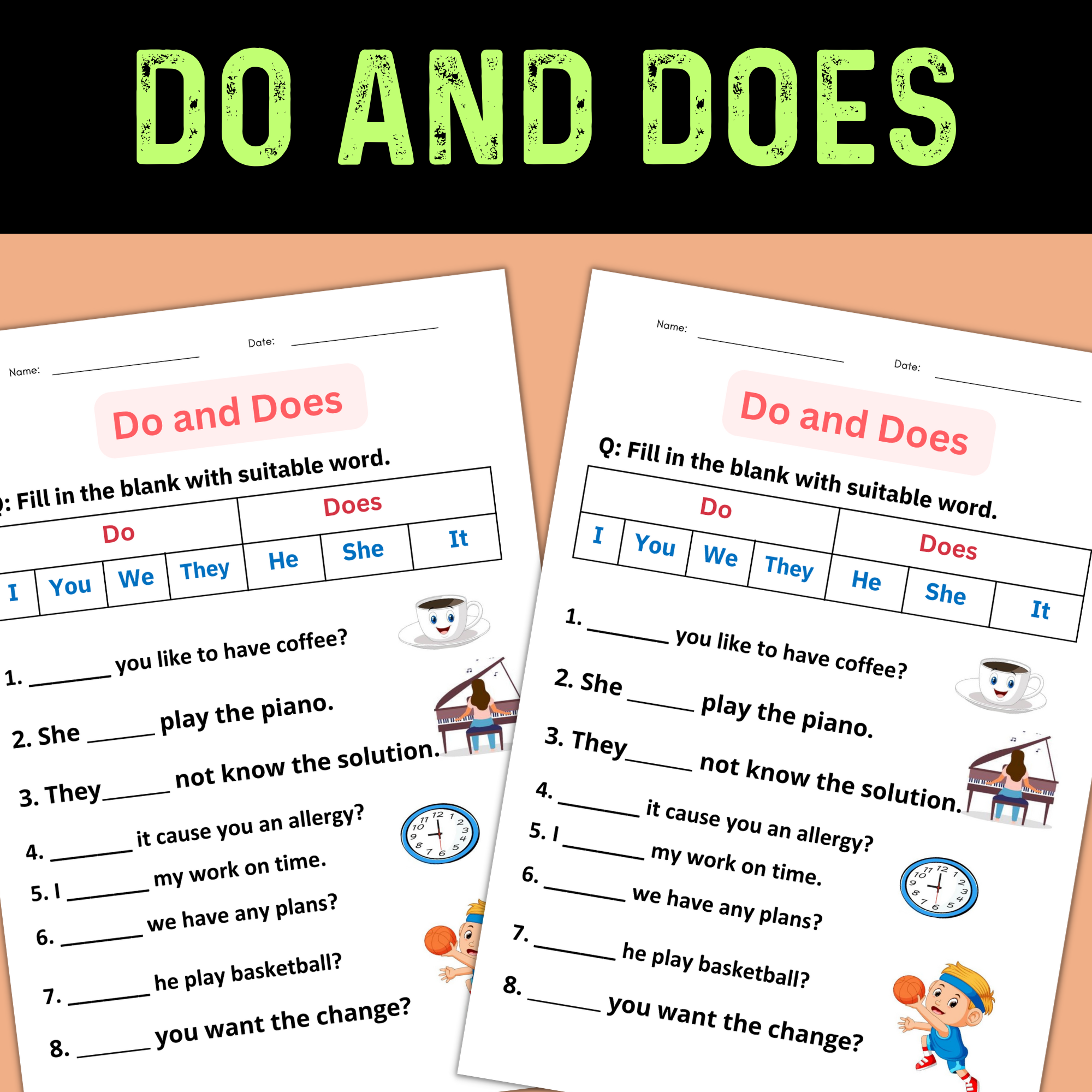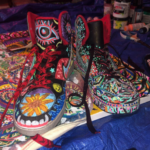How Fashion Designers Use Geometry: From Pattern Blocks to Sculptural Silhouettes

Overview: Why Geometry Drives Better Fashion Design
Fashion designers use geometry to translate two-dimensional patterns into three-dimensional garments that fit, move, and communicate style. Core applications include pattern drafting with geometric blocks, shaping silhouettes (circles, triangles, trapezoids), scaling sizes, optimizing fabric yield, and building surface patterns. These methods underpin precision fit, consistent sizing, and repeatable quality while enabling creative forms and architectural silhouettes. [1]
1) Pattern-Making: Turning 2D Shapes into 3D Garments
Pattern-making starts with basic shapes-rectangles, circles, triangles, trapezoids-combined and manipulated to match body contours. Designers draft blocks, introduce darts and seams, and add ease to engineer volume and mobility. Geometry helps calculate seam lines, angles, and radii so panels join accurately and the garment drapes as intended. Industry practice commonly derives sleeves, collars, and skirts from geometric primitives that are cut and joined to form the final silhouette. [1]

Source: discourse.axelerant.com
Example: A trapezoid panel inserted at the side seam adds controlled flare. The angles at hem and waist govern how much sweep the garment gains per panel, and consistent angle replication ensures symmetry across the garment.
Step-by-step to apply:
- Map key body points (bust, waist, hip, shoulder) and draft rectangles with measured widths and lengths.
- Introduce darts by transferring triangular wedges from bust or waist to side seams using angle bisectors to keep balance.
- Convert darts to seams (princess lines) by splitting wedges into curved geometric segments with matched lengths.
- Add seam allowances uniformly (commonly 1 cm to 1.5 cm) around shapes to ensure consistent assembly.
Challenges and solutions:
- Challenge: Misaligned seam lengths. Solution: Use geometric measurement along curves (trueing) and notch alignment points.
- Challenge: Uneven drape. Solution: Adjust wedge angles or distribute ease with smaller, repeated geometric inserts.
2) Circular Skirts, Collars, and Necklines: Precision with Radii and Angles
Geometry is essential in circular skirts, collars, and V-necklines. For circular skirts, designers compute radii to derive the waist opening and use circumferences to balance flare and fabric economy. Accurate angle selection in collars controls opening size and roll; precise vertex angles create clean V-necklines that neither choke nor gape. [2]
Example: Circular skirt drafting
- Measure waist and decide fullness (full, half, or quarter circle).
- Compute waist radius from circumference: r = waist circumference ÷ (2π) for a full circle; adjust for half or quarter circles by dividing the arc accordingly.
- Mark the inner arc (waist) using a compass or pivot point; then mark the outer arc (hem) at radius + desired length.
Example: Collar geometry
- Changing the included angle at the neckline alters collar spread. Larger included angles produce broader openings; smaller angles yield tighter spreads. This angle-based control supports consistent style replication across sizes. [2]
Example: V-necklines
- Draft a 90-degree V to balance depth and entry ease; test with muslin to fine-tune angle if the neck opening feels restrictive or droops. [2]
Potential pitfalls and fixes:
- Skirt waist too tight/loose: Recheck radius from waist measurement and ensure seam allowances weren’t double-counted.
- Collar gaping: Reduce included angle or add stand height to control roll and spread.
- V-neck distortion: Stabilize the bias edge with stay tape; ensure equal angles on left/right sides.
3) Scaling, Size Grading, and Fabric Planning
Designers apply scaling factors to create size ranges and estimate fabric usage. Scale factors maintain proportional relationships while adjusting lengths and widths, reducing manual re-drafting for each size. Geometry supports grading rules (e.g., distributing size increments across seams) and calculating fabric yield to minimize waste. This process helps standardize fit across sizes and plan yardage efficiently. [2]
How to implement:
- Define a base size with confirmed fit.
- Create grading increments (e.g., bust +2.5 cm per size), distributing half to each side seam to keep symmetry.
- Use proportional scaling for features (pocket size, collar spread) so visual balance remains consistent.
- Run a fabric layout test: tile pattern pieces on a mock marker to measure total length required for given fabric width.
Alternatives and optimizations:
- Zero-waste pattern strategies use geometric tiling to fit pieces without offcuts, leveraging rectangles, circles, and polygons to nest efficiently. This geometric layout approach aligns with sustainability goals while preserving style intent. [5]
4) Surface Design: Stripes, Checks, and Repeating Geometric Motifs
Geometric prints-plaids, grids, checkerboards, stripes, circles-shape visual perception of the body and garment edge. Pattern scale and orientation can elongate, broaden, or balance proportions, while fabric choice alters how a print drapes and reads on the body. Designers plan repeat units, tile them seamlessly, and match along seams for professional finish. [4]
Practical steps:
- Choose a repeat unit (e.g., 8 cm plaid) and ensure seamless edges.
- Align center fronts and key seams to dominant lines to prevent visual drift.
- Test print on varied textiles; texture and weight change pattern perception and drape significantly. [4]
Example applications:
- Vertical stripes to elongate, bias-cut chevrons to add dynamic motion, large checks for bold structure. Designers may adjust motif scale by garment size to keep visual balance consistent across a size run. [4]
5) Sculptural Silhouettes: Architecture-Inspired Geometry
Some designers adopt an architectural approach-using bold geometric volumes, angular shoulders, and trapezoidal forms to sculpt the body and manipulate space. This strategy blends aesthetics and function, often relying on internal structures (interfacing, boning, underlayers) to maintain geometric purity in motion. [1]

Source: grammarist.com
Case inspiration: Issey Miyake developed collections using geometric folding and pleating to engineer garments that expand and transform with movement, turning simple shapes into kinetic forms. Such work demonstrates how geometry enables both structure and fluidity in apparel design. [1]
Advanced exploration: Mathematical collaboration in fashion
- Creative teams have drawn on higher geometry and topology for garment concepts. A notable example is the collaboration inspired by William Thurston’s geometric models, which informed a collection exploring linked forms and spatial structures, connecting abstract geometry with wearable concepts. [3]
6) Step-by-Step: Apply Geometry in Your Next Design
This workflow turns ideas into geometrically sound garments:
- Define silhouette using primitives: Decide whether the design’s core is circular (flow), triangular (flare), rectangular (structure), or mixed. Sketch with shape overlays to preview balance and proportion. [1]
- Draft base blocks: Use accurate body measurements to create a bodice and skirt block as rectangles modified by darts. Place darts with equal angular distribution so the sum of angles preserves waist and bust shaping. [2]
- Engineer key features: For a circular skirt, compute waist radius and hem sweep; for a collar, fix spread angle and stand height; for a V-neck, set vertex angle and stabilize bias edges. [2]
- Grade sizes: Apply scale factors to widths and lengths, distributing increments across seams. Validate with a paper or muslin fitting to confirm geometric assumptions before cutting fashion fabric. [2]
- Plan surface pattern: Select motif scale; align plaid/stripe matching across center fronts, side seams, and pocket placements; test on intended fabric to assess drape and visual clarity. [4]
- Optimize layout: Consider zero-waste or low-waste layouts by nesting shapes. Use rectangles and arcs to fill gaps and reduce offcuts where feasible. [5]
7) Common Challenges and How Geometry Solves Them
Fit inconsistency across sizes
- Issue: Grading distorts style lines.
- Fix: Use proportional scaling and re-true curves; split increments among seams to preserve geometry at high-stress areas (armholes, necklines).
Pattern mismatch on prints
- Issue: Plaids and stripes misalign at closures.
- Fix: Add matching notches at stripe intersections; cut on single layer to control motif placement; adjust seam allowances to fine-tune alignment. [4]
Collar gaping or choking
- Issue: Incorrect spread angle or stand height.
- Fix: Model the neck opening as a controlled angle; iterate in muslin to calibrate spread to fabric thickness and roll characteristics. [2]
Excess fabric waste
- Issue: Inefficient shape placement.
- Fix: Recompose panels into rectangles and arcs; try zero-waste grids informed by geometric tiling to nest components tightly. [5]
8) Inspiration and Next Steps
To deepen your practice, analyze collections that integrate geometry with motion and structure-look for pleating systems, modular panels, and architectural volumes. Case studies of designers who blend shape logic with innovative materials can help you bridge the gap between precise drafting and expressive silhouettes. [1] [3]
References
[1] Architizer (2024). The Role of Geometry: How Fashion and Architecture Share a Common Language.
[2] ITM (2025). How Fashion Designers Use Geometry.
[4] Maake (2024). Creating geometric patterns for fabric design.






